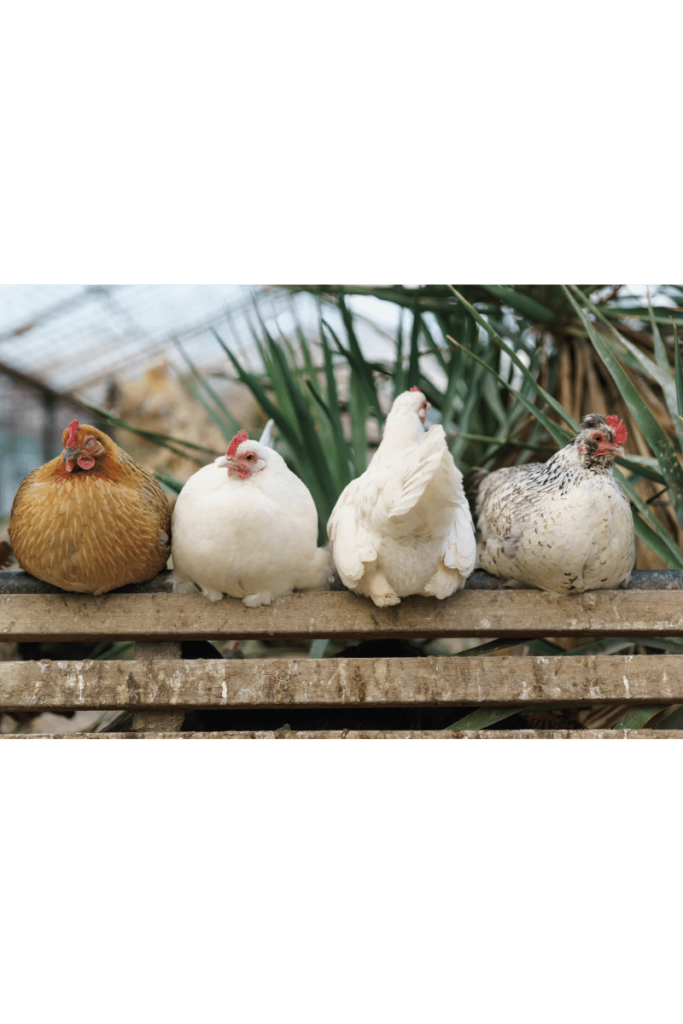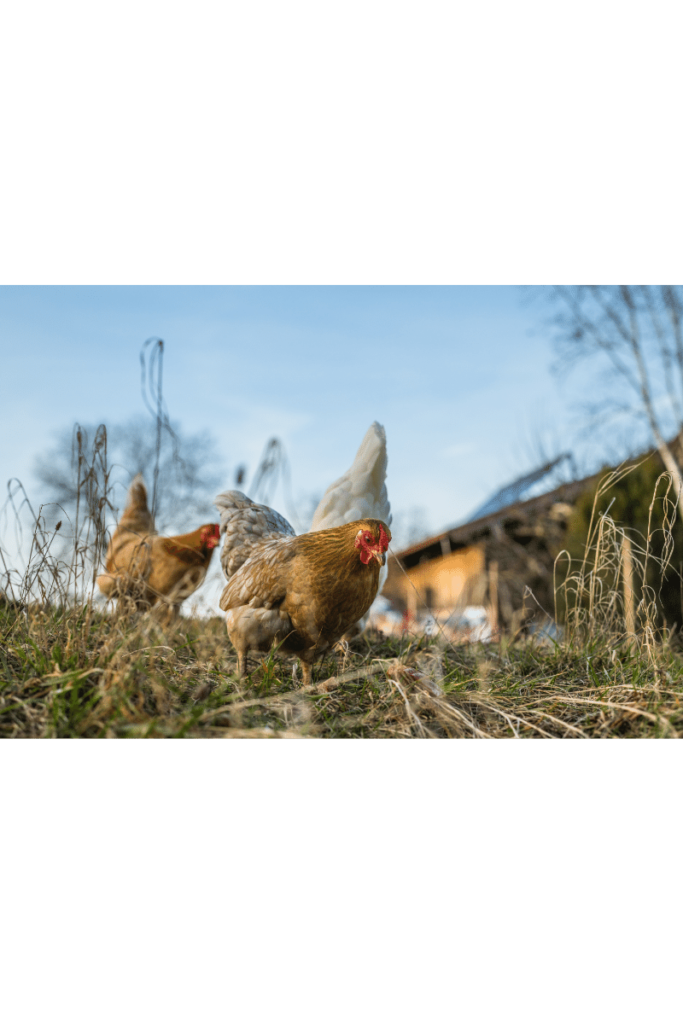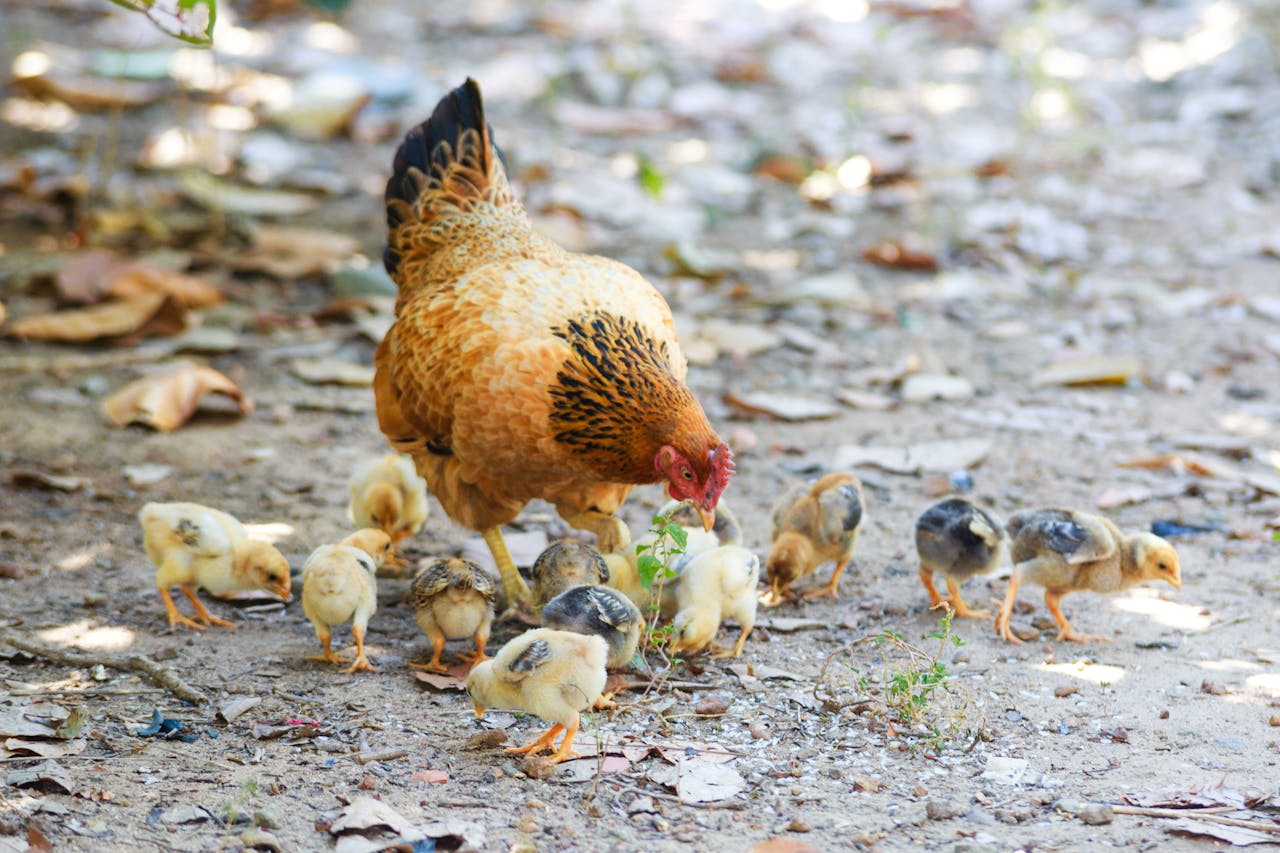Introduction
Raising chickens, whether as part of a small backyard flock or on a larger commercial scale, requires not just dedication but also a keen eye on their health. Poultry health is paramount, not only for the welfare of the birds but also to ensure the safety and quality of the eggs and meat they produce. However, even with the best care, chickens are susceptible to a range of diseases that can affect their health, productivity, and lifespan. This blog highlights 10 diseases every chicken owner must be aware of, offering insights into their symptoms, prevention, and management strategies. Understanding these diseases is the first step in ensuring your flock remains healthy and thriving.
Let me know if this structure works for you, or if there are any specific details or diseases you’d like to focus on more. After your feedback, I’ll continue with the first section on Avian Influenza.
1. Avian Influenza (Bird Flu)
Description and Symptoms
Avian Influenza, commonly known as Bird Flu, is a viral disease that affects birds, including chickens. It can range from a mild infection to a severe, highly contagious form. Symptoms vary widely but often include respiratory distress, such as coughing and sneezing, a drop in egg production, and in severe cases, sudden death. Swelling and blue discoloration of the comb and wattles, along with diarrhea, may also be observed.
Prevention and Management Strategies
Prevention is primarily through biosecurity measures. This includes limiting bird exposure to wild birds, practicing good sanitation, and using footbaths and disinfectants. Vaccination may be an option in some areas, depending on local regulations and the specific strain of the virus. Monitoring the flock for symptoms and reporting any sudden illness or death to a veterinarian or local animal health authority is critical for early detection and containment.
2. Marek’s Disease
Description, Symptoms, and Severity
Marek’s Disease is a viral disease that causes tumors in various organs and paralysis in chickens. It is highly contagious and can be spread through feather dust and dander. Symptoms include paralysis of the legs, wings, and neck, weight loss, and irregularly shaped pupils leading to vision impairment. It’s particularly severe because it can affect a large portion of the flock and has a high mortality rate.
Vaccination and Management Tips
Vaccination is the most effective method to prevent Marek’s Disease. Chicks can be vaccinated at one day old. Maintaining a clean environment and avoiding overcrowding can also reduce the spread. It’s important to buy birds from reputable sources that vaccinate their stock. While vaccination does not guarantee complete immunity, it significantly reduces the incidence and severity of the disease.

3. Newcastle Disease
Overview, Symptoms, and Transmission
Newcastle Disease is a highly contagious viral disease that affects the respiratory, nervous, and digestive systems of birds. Symptoms include sneezing, gasping for air, nasal discharge, greenish watery diarrhea, and muscular tremors. Severe strains can cause sudden death. The disease is transmitted through direct contact with infected birds, contaminated equipment, and air.
Prevention and Control Measures
Vaccination is crucial for preventing Newcastle Disease, especially in areas where the disease is endemic. Good biosecurity practices, such as disinfecting equipment and clothing and controlling bird movement, are essential. Infected birds should be isolated and culled to prevent the spread to healthy individuals.
4. Fowl Pox
Signs, Spread, and Types
Fowl Pox is a slow-spreading viral disease that presents in two forms: dry and wet. The dry form is characterized by wart-like lesions on unfeathered parts of the body, such as the legs, comb, and wattles. The wet form affects the respiratory tract and manifests as canker-like lesions in the mouth and throat, which can lead to breathing difficulties. Fowl Pox spreads through mosquito bites, direct contact with infected birds, or through scratches and wounds.
Vaccine and Care for Infected Birds
Vaccination is the most effective preventive measure against Fowl Pox, particularly in regions with a high mosquito population. The vaccine is generally administered once, with a booster for flocks in high-risk areas. For infected birds, supportive care, including keeping the lesions clean and applying antiseptic, can help prevent secondary infections. Managing mosquito populations through proper sanitation and water management is also crucial.
5. Coccidiosis
Explanation, Identifying Symptoms, and Risk Factors
Coccidiosis is caused by protozoan parasites that infect the intestines of chickens, leading to diarrhea, which can be bloody in severe cases, reduced appetite, and dehydration. It’s more common in younger birds due to their underdeveloped immunity. The disease spreads through fecal matter, with birds ingesting contaminated soil or feed.
Treatment Options and Preventive Care
Treatment involves administering anticoccidial medications through water or feed. However, prevention is preferable, focusing on hygiene and management practices that reduce exposure to the parasites. Keeping litter dry and changing it regularly, avoiding overcrowding, and implementing all-in/all-out practices are effective strategies. Vaccination is also available and can be a valuable tool in preventing coccidiosis.

6. Salmonellosis (Salmonella)
Disease Background, Symptoms in Chickens
Salmonellosis, caused by Salmonella bacteria, can affect chickens’ gastrointestinal and reproductive systems. Symptoms in chickens are often mild but can include diarrhea, reduced feed intake, and decreased egg production. Some strains can be more severe, leading to acute illness and high mortality rates.
Human Risks, Treatment, and Prevention
Salmonella can pose significant risks to human health, as it can be transmitted to humans through consumption of contaminated eggs or meat. Treatment in chickens includes antibiotics, although their use is strictly regulated due to the risk of antibiotic resistance. Preventive measures include good hygiene, proper flock management, regular vet checks, and vaccination. Ensuring eggs and poultry meat are properly cooked before consumption is crucial for human safety.
7. Infectious Bronchitis
Virus Details, Signs, and Impact on Egg Production
Infectious Bronchitis is a highly contagious viral disease affecting the respiratory system, leading to coughing, sneezing, and nasal discharge. It can severely impact egg production and quality, causing misshapen, soft-shelled, or shell-less eggs. The virus spreads rapidly through the air and by direct contact.
Vaccination and Biosecurity Measures
Vaccination is the primary defense against Infectious Bronchitis, with vaccines tailored to the specific strains prevalent in the region. Biosecurity measures such as controlling access to poultry houses, using footbaths, and maintaining clean equipment are vital to prevent the introduction and spread of the virus. Early detection and isolation of affected birds can help minimize the impact on the flock.
8. Mycoplasma (MG & MS)
Describing Mycoplasma Gallisepticum and Synoviae
Mycoplasma Gallisepticum (MG) and Mycoplasma Synoviae (MS) are bacterial diseases that primarily affect the respiratory system of chickens, though MS can also impact joints, leading to arthritis. Symptoms include chronic respiratory issues, such as coughing and sneezing, reduced egg production, and in the case of MS, lameness or swollen joints.
Symptoms, Diagnosis, and Management
The diagnosis of Mycoplasma infections typically involves laboratory testing of blood samples or swabs. Managing these diseases includes antibiotic treatment, though it’s important to note that antibiotics do not eliminate the bacteria but rather control symptoms and prevent spread. Implementing strict biosecurity measures, including quarantine procedures for new or returning birds, is crucial to prevent the introduction of Mycoplasma into the flock. Vaccines are available for MG and can be an effective preventive measure.

9. Lice and Mites Infestations
Identification, Effects on Chickens, and Treatment
Lice and mites are external parasites that feed on the blood, feathers, and skin of chickens, causing irritation, feather loss, reduced egg production, and in severe cases, anemia. Identification is through visual inspection, noting the presence of these tiny pests on the skin, feathers, or in the environment.
Preventive Strategies and Environmental Management
Treatment involves the use of specific insecticides, either applied directly to the birds or in their environment. Preventive strategies include maintaining clean and dry bedding, regular inspection of birds for signs of infestation, and the application of natural deterrents like diatomaceous earth. Environmental management, such as removing old litter and disinfecting the coop, is also essential to prevent re-infestation.
10. Aspergillosis (Brooder Pneumonia)
Cause, Symptoms, and Affected Age Groups
Aspergillosis is a fungal disease caused by Aspergillus species, affecting the respiratory system of chickens. It is particularly common in brooding chicks but can affect birds of any age. Symptoms include gasping, coughing, and reduced feed intake. The fungus thrives in moist, poorly ventilated environments, infecting birds through inhalation of spores.
Prevention and Treatment Methods
Preventing Aspergillosis involves maintaining dry, well-ventilated living conditions for the flock, regular cleaning and disinfection of the brooder and coop, and avoiding the use of moldy bedding and feed. Treatment is challenging and often not effective, highlighting the importance of preventive measures. In cases where treatment is attempted, antifungal medications may be used under veterinary guidance.
Conclusion
The health of a chicken flock is paramount for any owner, whether commercial or backyard hobbyists. Recognizing the signs of these 10 diseases is the first step in protecting your birds from serious health issues. Prevention, through good biosecurity, sanitation, and vaccination, is always preferable to treatment. By staying informed and vigilant, you can ensure your flock remains healthy and productive. Regular consultation with a veterinarian can provide tailored advice and intervention strategies, ensuring the wellbeing of your chickens for years to come.




